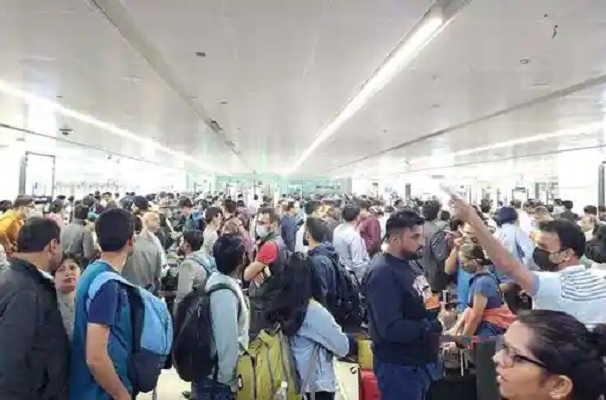GST completes 8 years of unified tax, economic reform
Wed 02 Jul 2025, 10:01:09
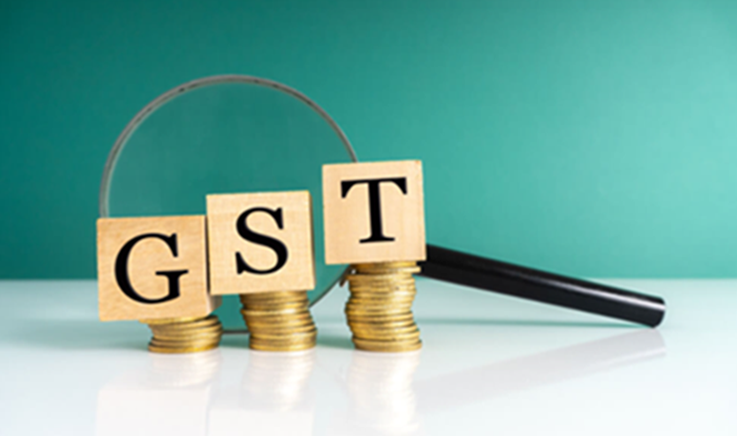
The Goods and Services Tax (GST), which has replaced a maze of indirect taxes with a single, unified system, has completed eight years yesterday. The GST was introduced in 2017 as a major step towards economic integration and tax reforms. It has made tax compliance easier, reduced costs for businesses, and allowed goods to move freely across states. These measures not only improved the ease of doing business but also strengthened the tax
base.
base.
GST rates in the country are determined by the GST Council, which includes representatives from the Union and State or Union Territory governments. The current GST structure consists of four main rate slabs – five per cent, 12 per cent, 18 per cent and 28 per cent. GST has brought together a wide range of indirect taxes under one umbrella. It replaced levies like excise duty, service tax, VAT and others.
No Comments For This Post, Be first to write a Comment.
Most viewed from Business
AIMIM News
Latest Urdu News
Most Viewed
May 26, 2020
Can Lionel Messi's visit boost Indian football?
Latest Videos View All
Like Us
Home
About Us
Advertise With Us
All Polls
Epaper Archives
Privacy Policy
Contact Us
Download Etemaad App
© 2026 Etemaad Daily News, All Rights Reserved.

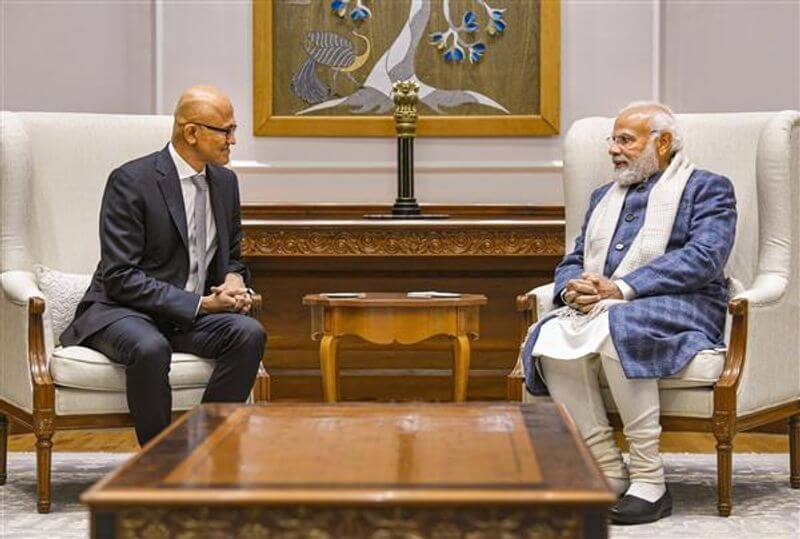

.jpg)
.jpg)


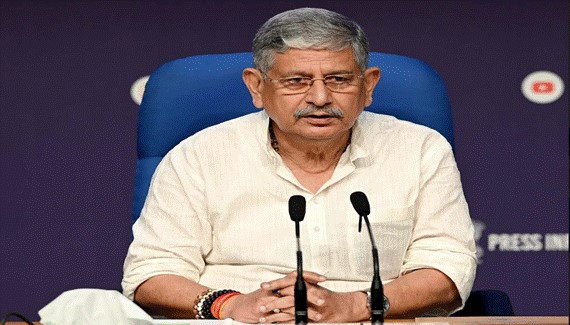

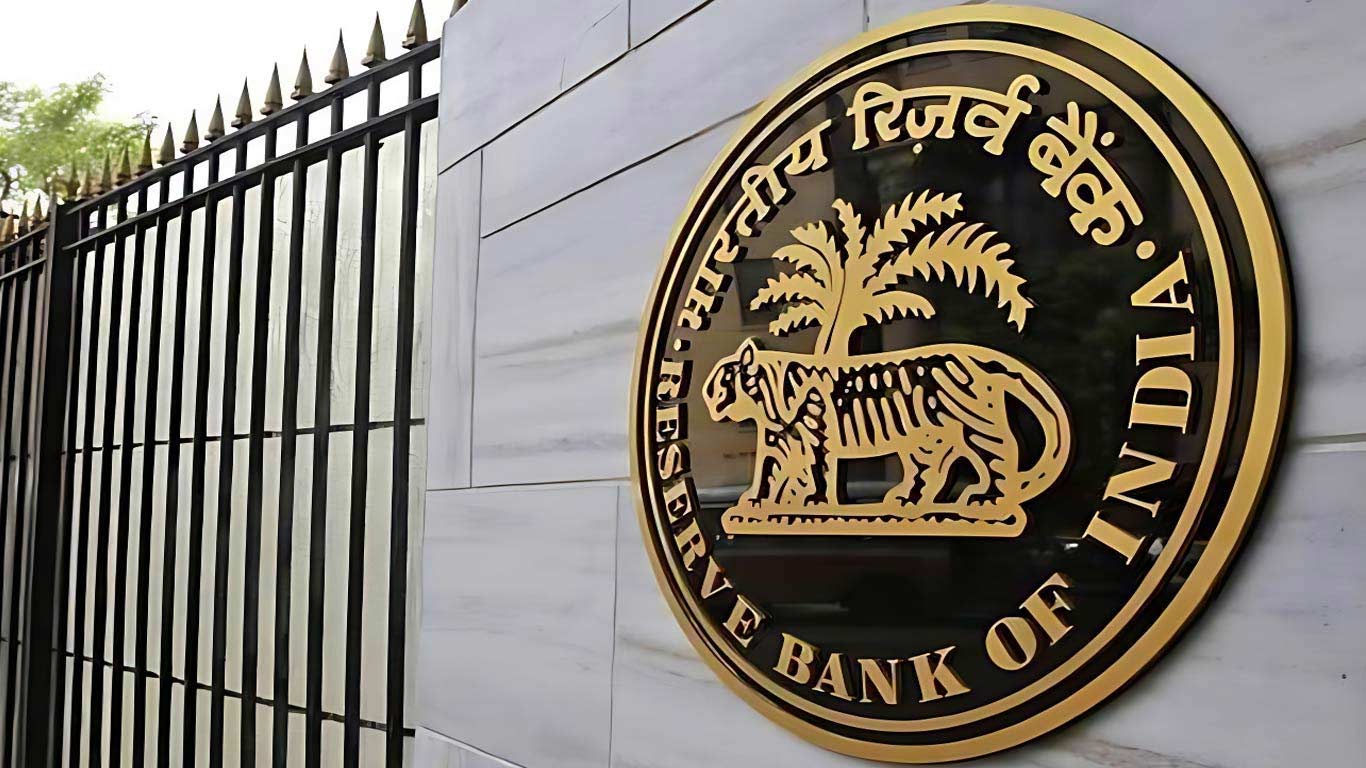


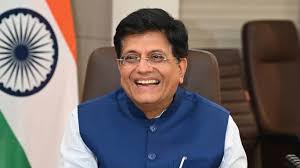








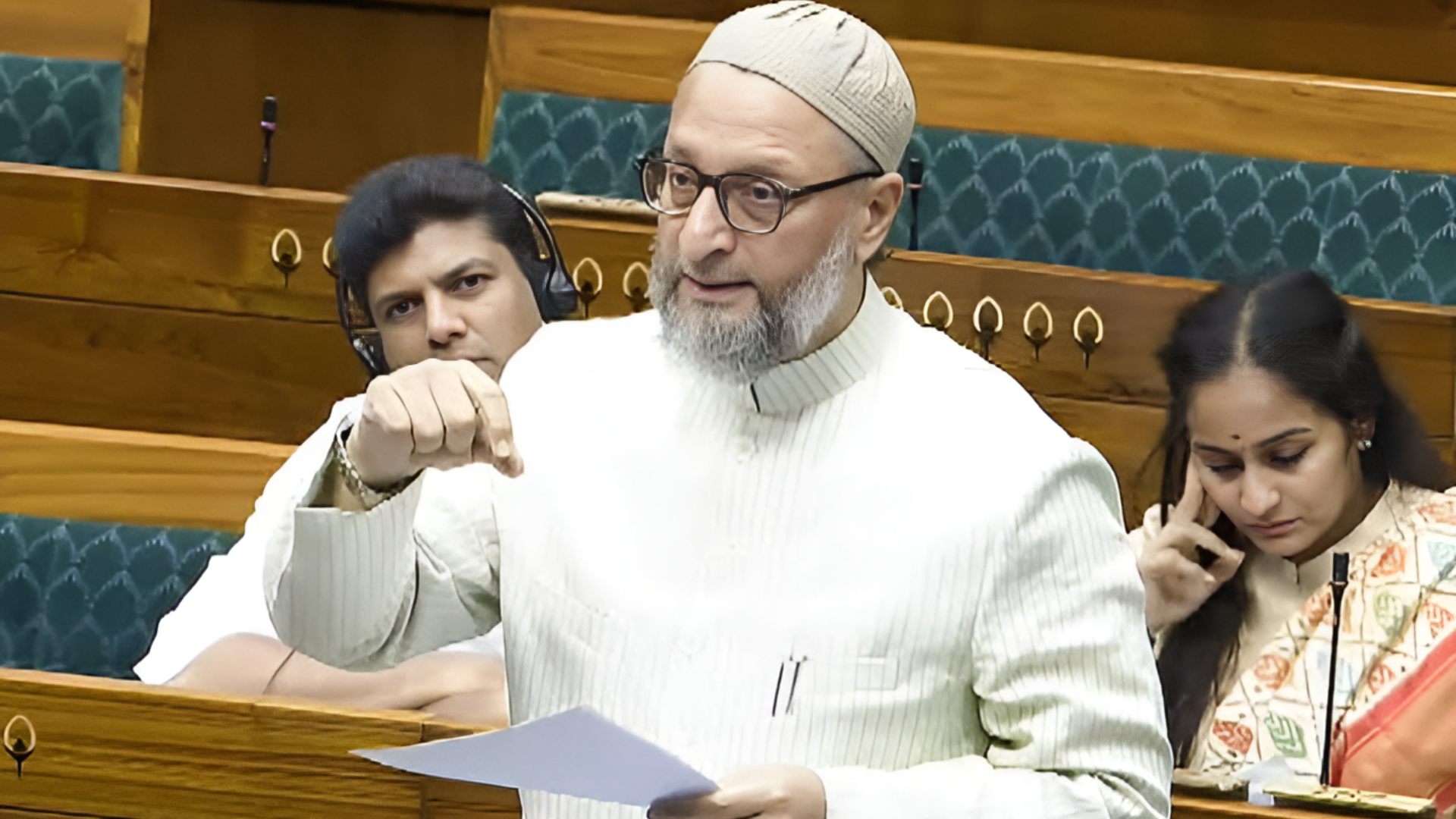
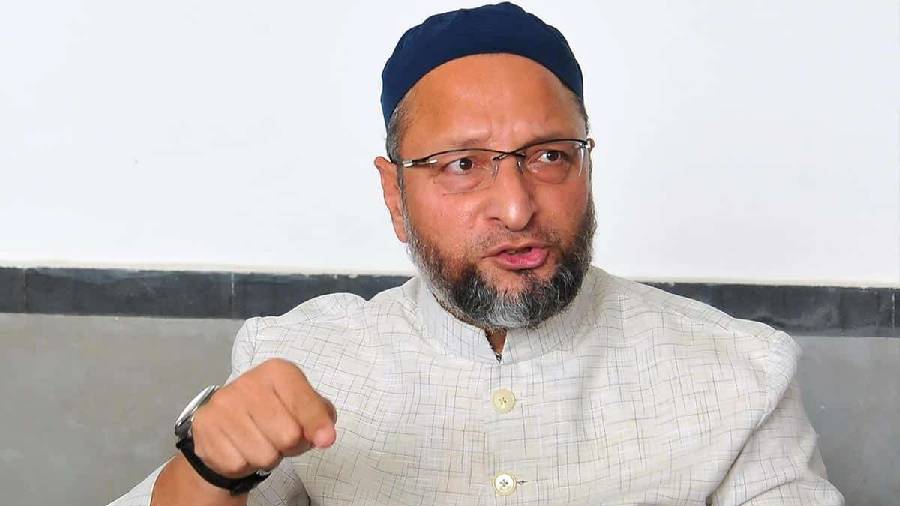
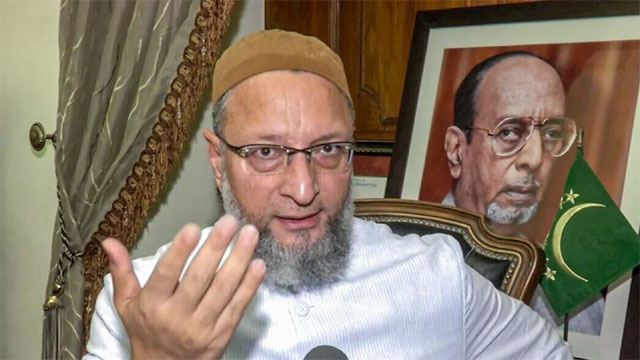
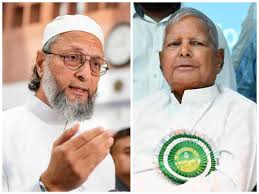
.jpg)
.jpg)
.jpg)


